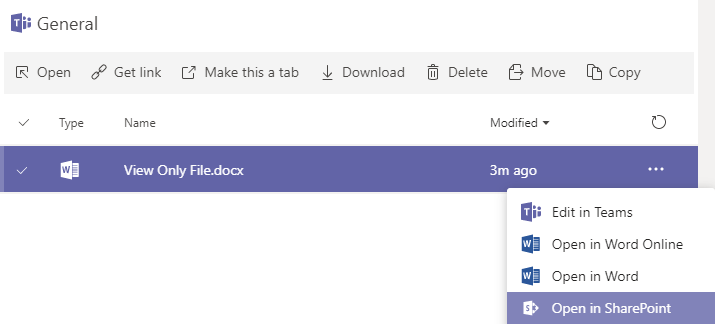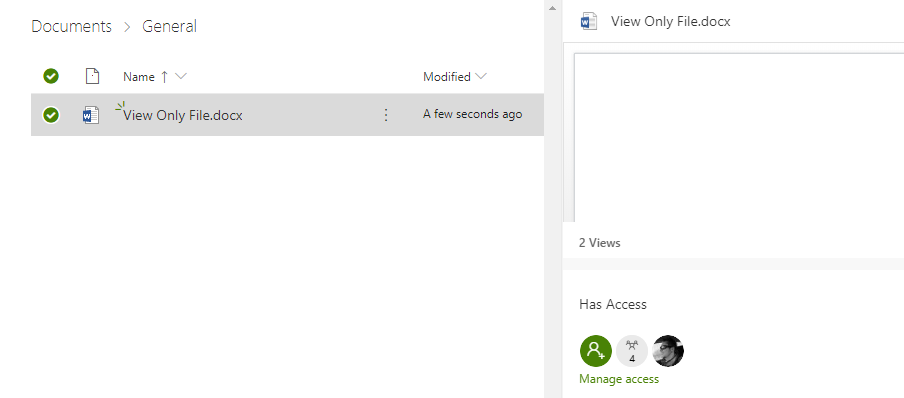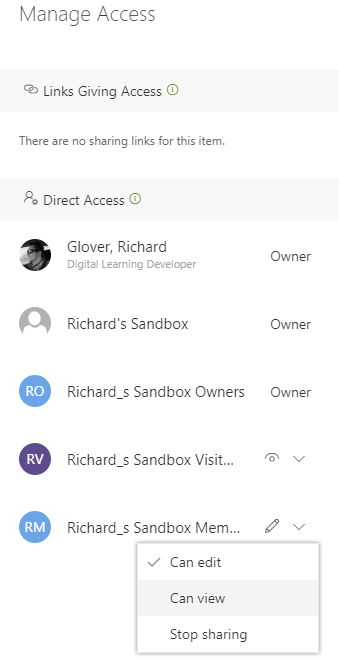
Microsoft Teams, which is part of the Future Facing Learning toolkit, supports collaboration and co-authoring. When you add a Word, PowerPoint or Excel file to a team it’s automatically enabled to allow you to work together with other team users in real time on the same file.
This can be a really powerful tool, groups of students doing work in a laboratory could add the results of their work into a shared Excel spreadsheet. As each group adds their results the spreadsheet could be configured to display a chart which updates in real time depending on the data that has been entered.
Students who are unable to be in the same location at the same time can still work together on a single Word document including being able to communicate within the app. Every user sees who is editing which part of the document in real time, if Track Changes is turned on for the document you can see exactly who has contributed to the document and in what way.
There are some scenarios where we might still want to use a team to communicate and share files, but we don’t want other team users to be able to edit or collaborate on them. For example, when you’re distributing course materials or documents containing fixed deadlines, you don’t want users in the team to be able to modify these dates. Another example might be if you’ve asked students to contribute to a piece of collaborative work inside a team and now you want to stop them being able to make changes to the file.
Turning off collaboration and co-authoring
You can change the settings of each file that you add to the Files area of a team, some of them can be editable and some of them view only, it doesn’t have to be all or nothing.
- From the desktop or web version of Microsoft Teams go into the team that has a file that you would like to make view only.
- Click on the Files tab.
- Click the ··· icon to the right of the file you want to make view only and choose Open in SharePoint.

- Files that you add to a team are stored in a system called SharePoint, now we’re in SharePoint we can manage who has access to the files and in what way they have access.
- Move your mouse cursor over the name of the file you want to make view only and click on the circle icon that appears to the left of it. Now that you’ve got the file selected, under Has Access on the right of the screen click on Manage access.

- In the Manage Access permissions panel you’ll see a list of groups who have access to the file you selected. Next to each group is either an eye icon (View) or a pencil icon (Edit). You can only edit some of the groups so don’t worry if it looks like you can’t change all of them.
- Owners includes the user who created the team and those who have been added with the role of Owner or Teacher
- Visitors is a default group that shouldn’t be changed
- Members includes the users who have been added to the team as a Member or as a Student
- Find the Members group in the list, it will have the name of your team next to it and a pencil icon to the right of it, this means that all group members can edit this file. If the team has a long name it might be truncated, hover your mouse cursor over the group name to see the full name of the group.
- Click the down arrow next to the icon and choose Can view.

- That’s it, there’s no more to do, as soon as you change the group setting the change is reflected in your team. To allow members of the team to edit the file again simply change the option to Can edit.
- The Stop sharing option will remove access to the file for all users in the group, but still keep the file in your team. This option can be useful if you would like to temporarily stop people from accessing a file instead of completely deleting it from your team.
If you require help with this or anything else in the Future Facing Learning toolkit, please get in touch with a Digital Learning Developer via email.
